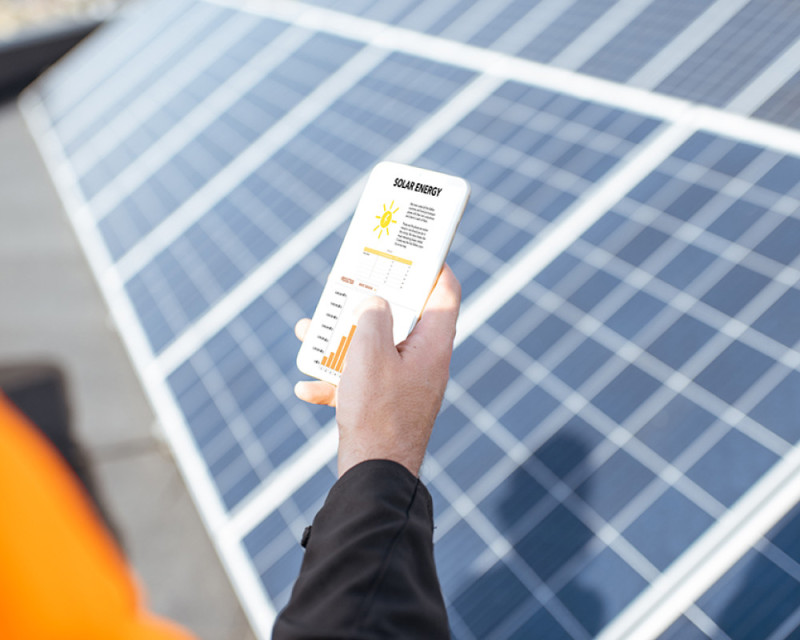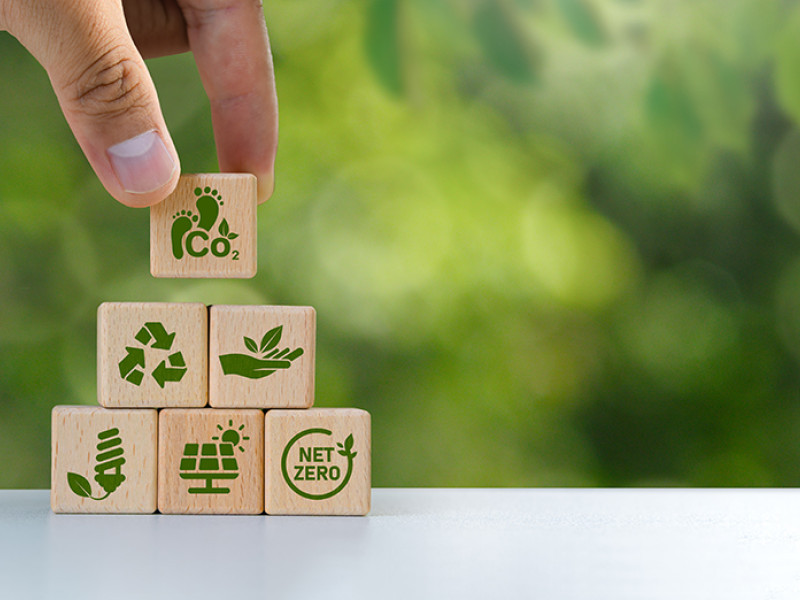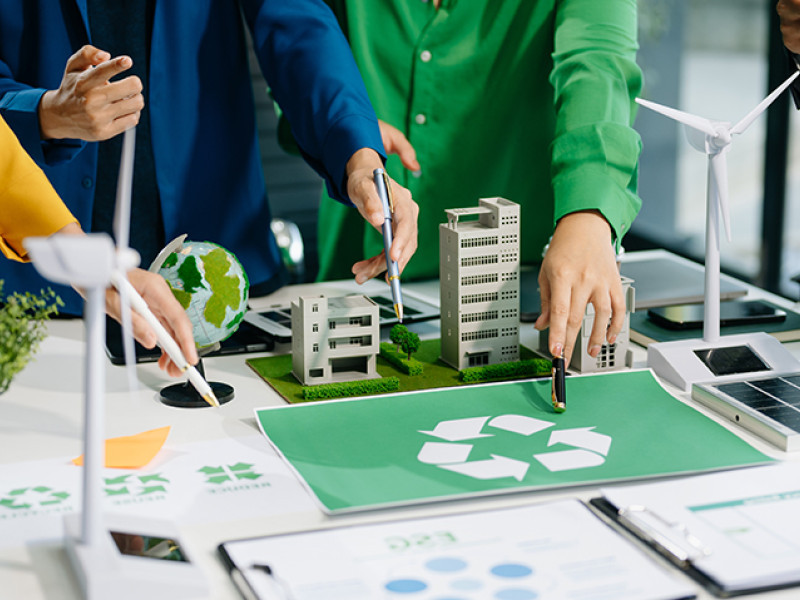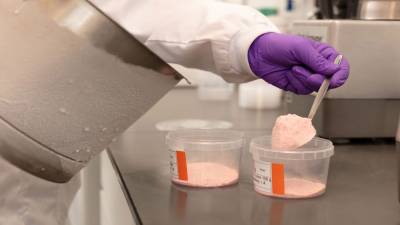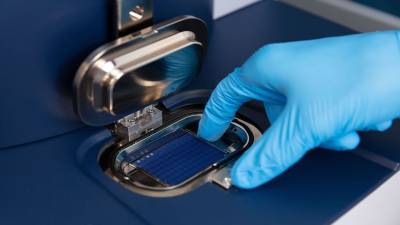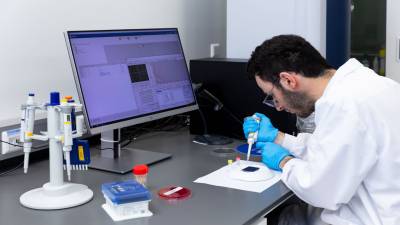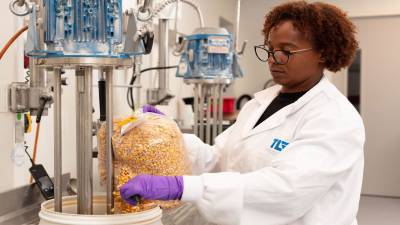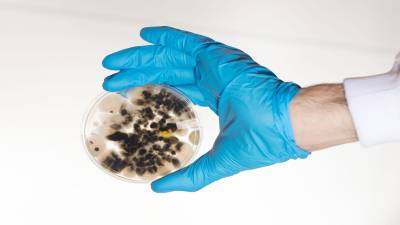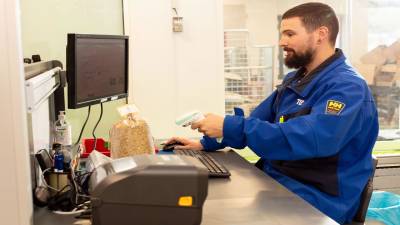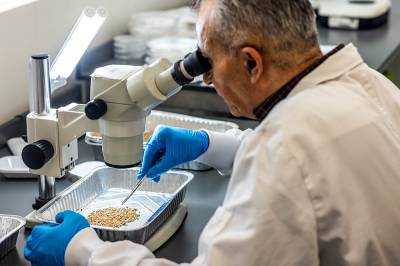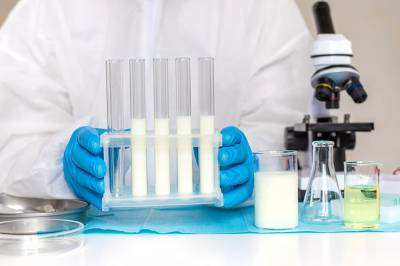Sustainability at TLR: From Ambition to Action
At TLR, sustainability is not a standalone policy choice but an integrated part of how we operate. Guided by the belief that laboratory services and environmental responsibility are not mutually exclusive, we are building a business model that is energy-efficient, circular, and responsibly structured. Our environmental efforts are tangible, measurable, and broadly applicable across the infrastructure of TLR Services.
Measuring, Reducing, and Optimising Energy Use
We actively monitor our energy consumption and invest in technologies that prevent waste. Automatic LED lighting is installed throughout the building, linked to motion sensors. As a result, lighting is only activated where and when it is needed.
Heat generated by laboratory equipment is recovered using heat exchangers. This system provides a stable temperature for both the building and hot water supply. TLR does not use natural gas for heating and is not connected to the gas network. Solar panels are currently being prepared as an additional source of renewable energy. The energy performance of the building is continuously monitored, enabling data-driven improvements.
Circular Practices and Emission Reduction
Beyond energy use, TLR applies sustainable measures across other operational areas. Wherever possible, procurement is carried out through suppliers using reusable or recycled packaging. Chemical waste streams are separated and disposed of via certified channels. Solvents and reagents are reused where technically feasible, and analysis protocols are optimised to minimise consumption per sample.
The transport of samples and goods is handled, where possible, via electric or hybrid vehicles. Currently, 70 percent of the fleet is electric or hybrid. By combining orders into a single route, we reduce emissions and increase logistical efficiency.
Certus Logic Protocol: Sustainability as a Verifiable Process Value
At TLR, sustainability measures are embedded in the Certus Logic Protocol. Environment-focused actions are defined as process criteria. This means that the energy consumption of analytical instruments and the reusability of packaging materials are taken into account in daily operational decisions.
For clients who explicitly include sustainability in their supplier criteria, this approach provides demonstrable added value. TLR's reporting structure allows for transparent insight into environmental performance per subprocess, without compromising on quality or turnaround time.
Collaborating for a Liveable Future
Sustainability requires collaboration. Employees are actively engaged in improvement initiatives, from turning off equipment to proposing material savings. Clients are encouraged to explore more sustainable solutions together-whether in packaging, sample size, or transport arrangements.
TLR takes a practical approach. If something can be improved today, we act today. By taking one concrete step at a time, we are building a resilient, energy-efficient, and future-proof laboratory.
Meld je aan voor de laatste tips en adviezen dat je gelijk in de praktijk kunt brengen.

